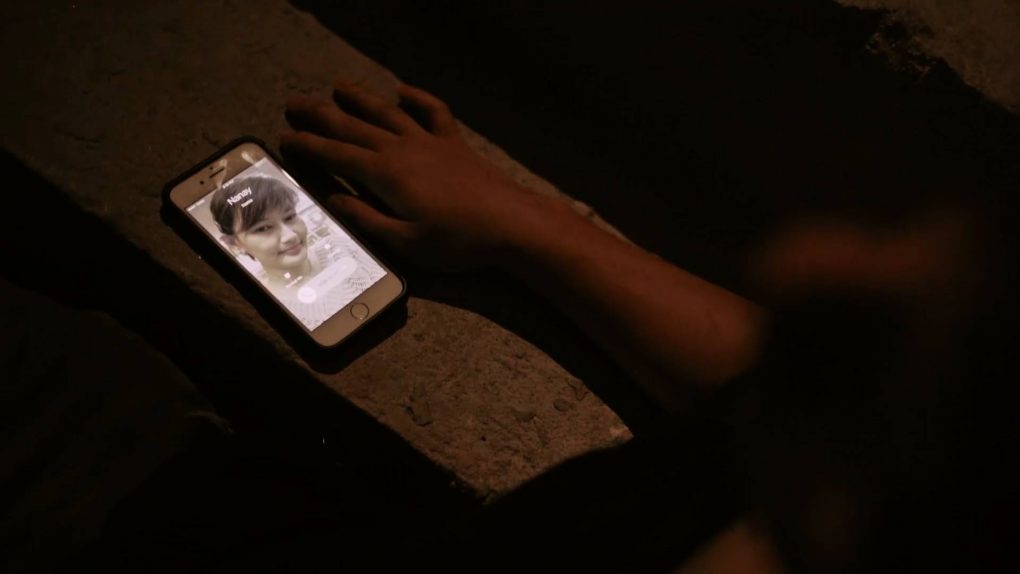Brillante Mendoza working for the government isn’t new. The Ma’Rosa director directed the video presentation on last President Duterte’s first SONA last July.
The short film looks at the daily lives of a mother and son: the mother a caretaker overseas, and the son—well, the son is portrayed as a bad kid. As the mom sweats and winces through her tasks, the son buys shabu and enjoys his life using her hard-earned money. Ultimately the son’s hedonistic pursuits get the best of him, and he falls victim to a stabbing. With his dying breath, he calls his mother, who’s lining up to send her next remittance, uttering “Mama, tulungan mo ako.”
You can tell that it’s a Brillante Mendoza film because of the hard, gritty look at the reality of the working man and woman. It’s a real tragedy. At the end, the film gives us a directive: “May oras pa. Be a #PartnerForChange against drugs.” I just want to put my phone down, sigh, and think real hard about life
You can tell that it’s a Brillante Mendoza film because of the hard, gritty look at the reality of the working man and woman. It’s a real tragedy. At the end, the film gives us a directive: “May oras pa. Be a #PartnerForChange against drugs.” I just want to put my phone down, sigh, and think real hard about life.
[pull_quote] The film doesn’t outright say it, but then it doesn’t outright say anything, and here lies its cowardice and its danger. Maybe Mendoza is aware of this–he makes us feel what we already know; it’s all a tragedy from here. [/pull_quote]
But this is a film in favor of the government. Where is the role of the government in this? The government is absent throughout the whole film, only revealing itself as a logo at the end. As a viewer, whom do you identify with the most? If I ignore the message at the end and where it came from (The Presidential Communications Facebook page), I will see both characters as victims. They represent the Filipino people; neither villain nor savior–still only victims. The only other character is the narrator, the person behind the camera, the person showing us these images. Is he villain, or savior?
Mendoza is a highly acclaimed director, and he knows how films work: what you don’t show matters as much as what you do show. There is as much importance in what isn’t as what is seen. All we see is pure emotion; I’m being led to feel guilty for the mom. But the son–a son like me whose parents work hard for their children–is given no sympathy. What led him to buy drugs? Is he a long time user? It doesn’t look like he was pressured to smoke shabu; the film shows him doing it out in the open with a group of guys while they chug beer. What’s his story? Are we to believe that drug users use drugs just for the thrill of it, that they are mindless? The film wants us to believe that.

What does “May oras pa” mean? There’s no outright message saying that there’s still time for rehabilitation for the kid. I don’t think it’s also saying that the mom should come home and be physically closer to her son. There is a war of drugs going on, and with the people’s current mindset it could be interpreted as a message of violence, a message to raise our weapons and join in the war against drugs. There are people who will twist being a #PartnerForChange to mean viewing drug addiction through the eyes of criminal justice. The film doesn’t outright say it, but then it doesn’t outright say anything, and here lies its cowardice and its danger. Maybe Mendoza is aware of this–he makes us feel what we already know; it’s all a tragedy from here.
Co-written by Izo Lopez

























Comments